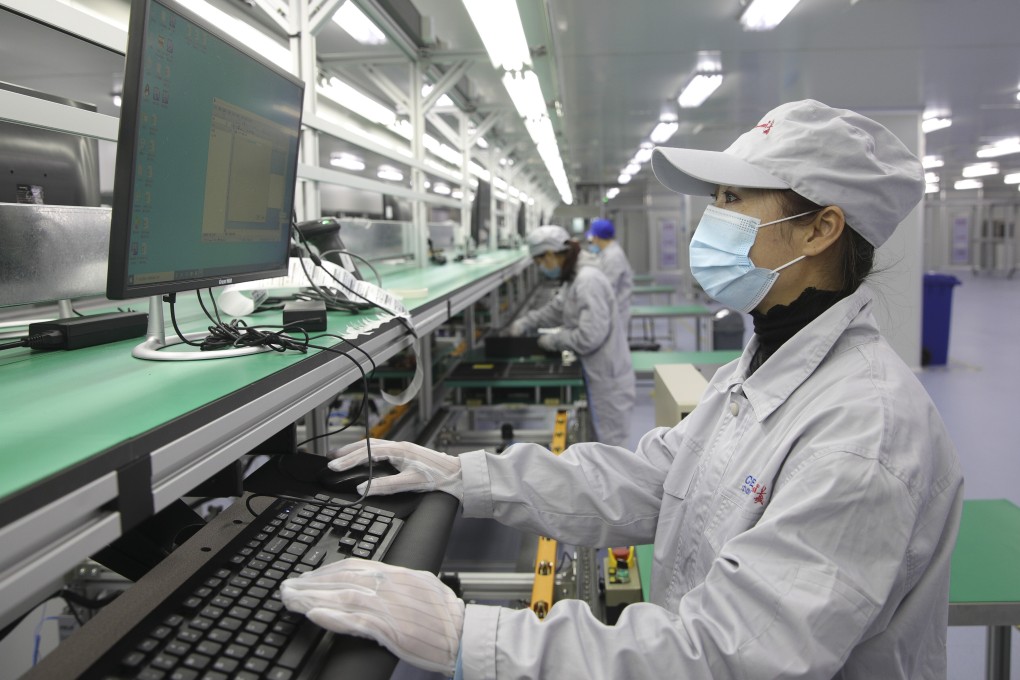China’s R&D, tech investment inflows show deepening global economic integration despite US decoupling push
- Incoming foreign direct investment to China rose for a seventh consecutive month in October to US$12.4 billion, despite rising geopolitical tensions
- Investment in China’s hi-tech service industry led the way in the first 10 months of the year, while money flowing to the industrial sector slowed

China’s economy deepened its integration with the rest of the world in October, with foreign investment increasing amid strong spending in R&D and the tech sector, even as the Trump administration ramped up efforts to decouple the country from the United States.
FDI was hit hard in the first quarter at the height of the coronavirus outbreak in China, but it rebounded to gain 6.4 per cent in the first 10 months of the year.

03:07
China’s hi-tech industries capitalise on Covid-19 pandemic health care needs
In the January to October period, foreign investment in China’s hi-tech service industry led the way, increasing by 27.8 per cent from a year earlier, the ministry said. Research and development (R&D) and design services gained 82.1 per cent, professional technical services rose 77.9 per cent and e-commerce 44.3 per cent.